Seven Must-See Museums in South Korea
Get cultured while you’re in the country for the Winter Olympics
:focal(251x274:252x275)/https://tf-cmsv2-smithsonianmag-media.s3.amazonaws.com/filer/77/59/7759a995-9cf4-439f-826a-0caff929bdbc/27304921900_99f4728b92_h.jpg)
The 2018 Winter Olympics are heading to South Korea! And it promises to be a paradise for sports-lovers—and for travelers. The country itself is rather small (you can get just about anywhere within a four-hour drive), so spend some time getting to know it before settling in at Olympic Village. These seven museums will help you familiarize yourself with South Korea’s history, science, art, culture and quirkiness.
Museum Kimchikan, Seoul
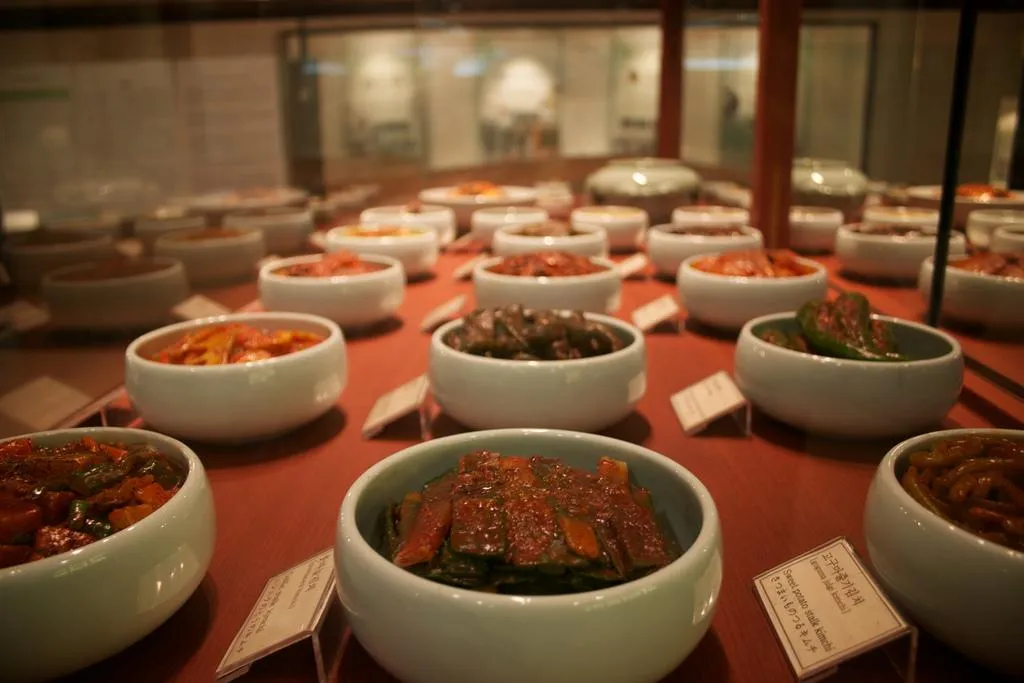
If you love kimchi, Museum Kimchikan is paradise. The whole facility is dedicated to honoring South Korea’s famous food item and the process to make it (called kimjang). The museum has been in operation since 1986, long before kimjang was designated a Unesco Intangible Cultural Heritage tradition in 2013. Permanent exhibits trace the food's 1,500-year history and showcase models of over 80 different types of kimchi. Sample up to four different types, or make your own – either whole cabbage or white kimchi – during one of the museum’s special programs. The museum will pack your creation in a travel-safe container so you can bring it home with you, as well.
National Museum of Korea, Seoul
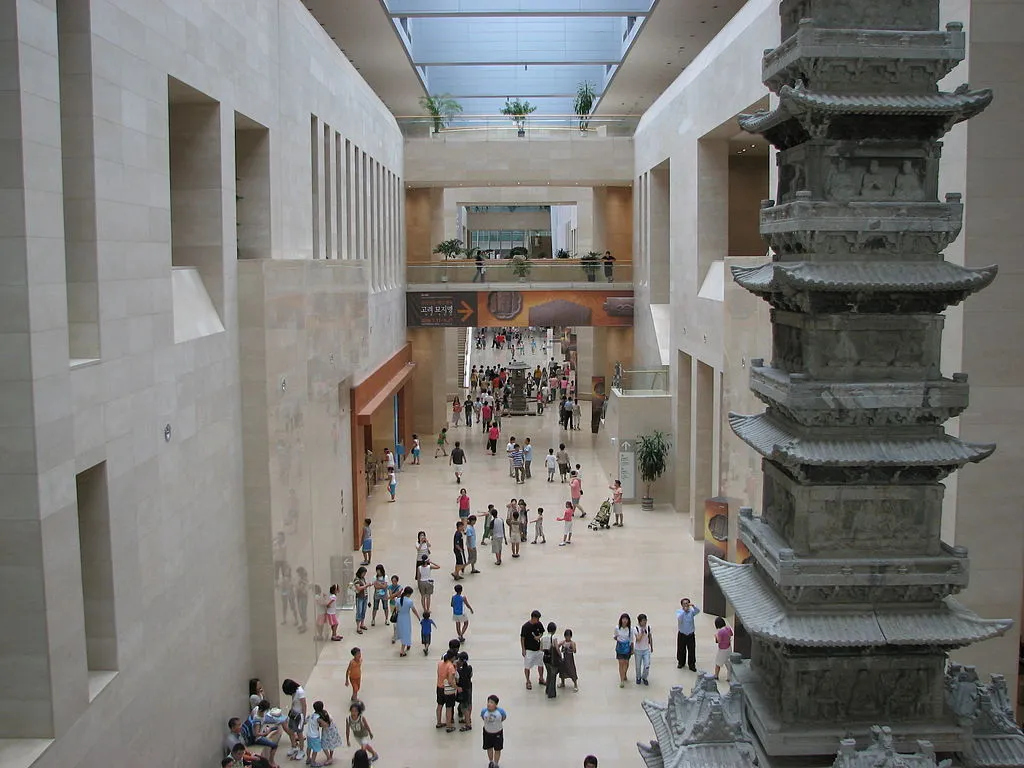
The National Museum of Korea is the country’s largest museum, and it traces its past from prehistory to modern times. The collection contains more than 320,000 artifacts with public displays organized on three floors, including an entire gallery dedicated to calligraphy and painting. It doesn’t just act as a museum, either; the facility is considered a cultural complex and offers educational programs and cultural events in addition to the galleries. The in-depth Silk Road exhibit in particular is a must-see, but you also shouldn't miss the 10-story carved marble pagoda and the Baekje Incense Burner, which dates back to the 6th century.
National Science Museum, Daejeon
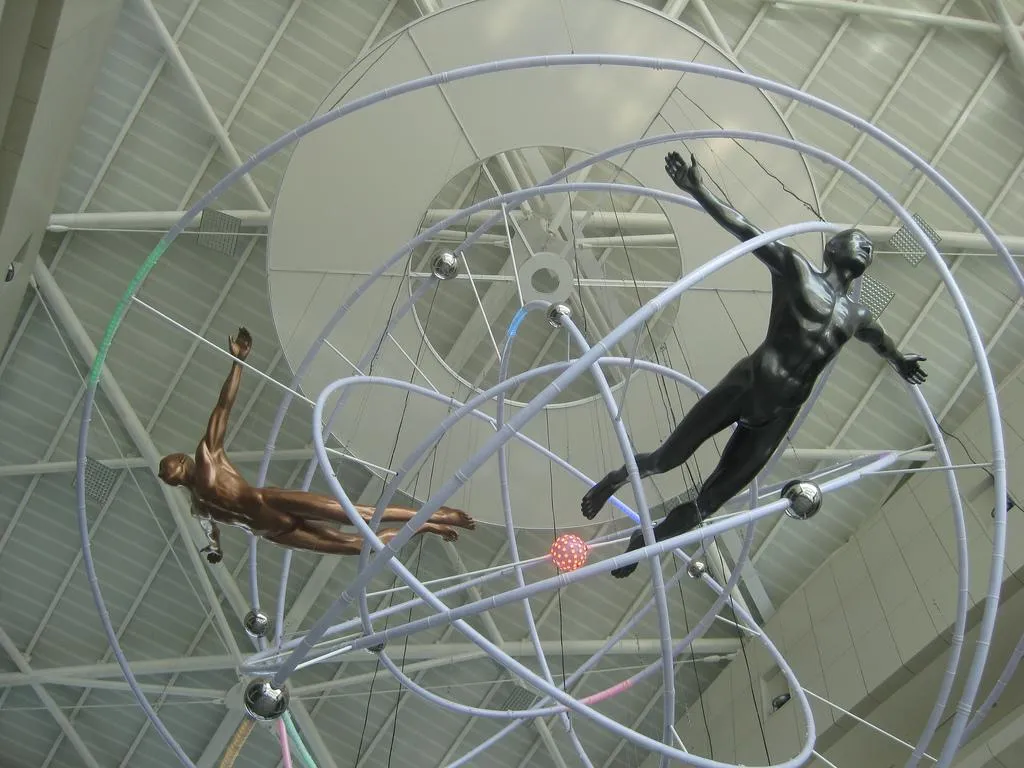
The National Science Museum offers permanent and rotating science exhibits and a planetarium. The Astronomical Hall, housed inside South Korea's largest dome, is the centerpiece; it’s the only space theater in South Korea, offering programming on astronomy and human space travel. The Science & Technology Hall offers a special look at Korean inventions, including one of the world's oldest rainfall gauges, the first iron-clad warship and a "greedy cup" designed to teach manners by spilling on its user if it's filled more than 70% of the way. In total, the permanent exhibits hold more than 4,000 items ranging from historical weapons and instruments to weather machines and dinosaurs. The best part? It’s free to get in, though some special exhibitions do cost extra.
Nexon Computer Museum, Jeju Island
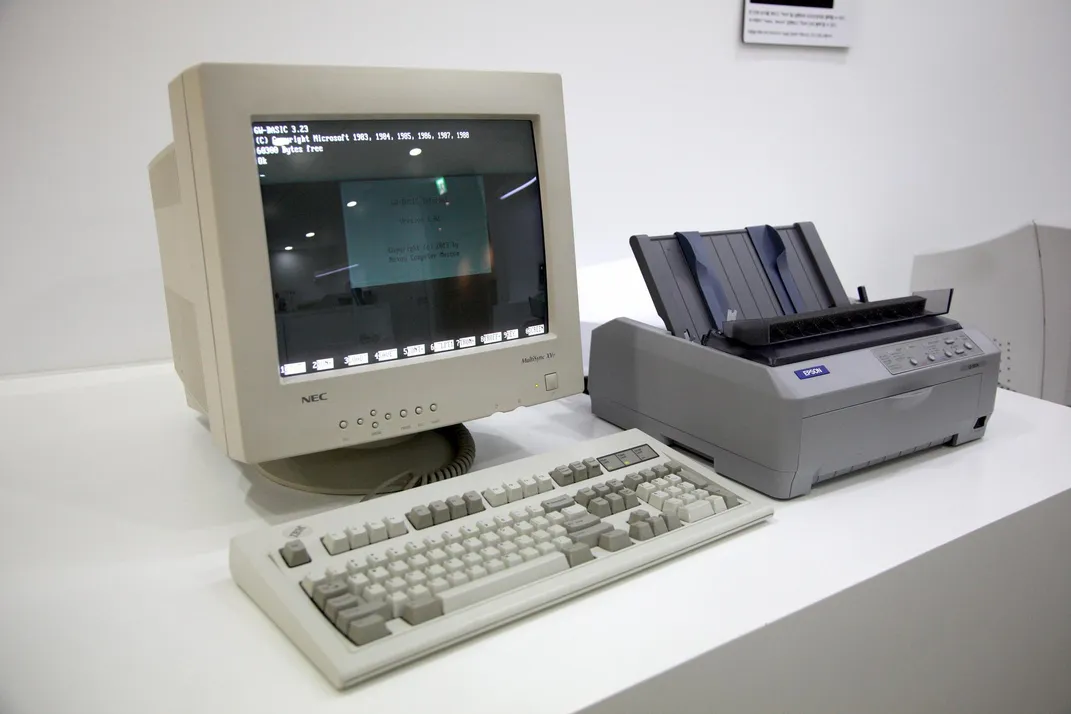
It’s all things computer and video games at the Nexon Computer Museum, a facility run by its namesake video game development company. The museum takes visitors on a a trip through the history of computers and even has multiple video games on display you can play, including Dance Dance Revolution, Super Nintendo and several classic arcade games. The future of technology is covered too, with an opportunity to try virtual reality systems like the Oculus Rift. The entire museum is designed to look like a computer. The lockers, for example, look like a keyboard, complete with caps lock and F buttons. Be sure to check out the café, where the computer theme is continued in keyboard-shaped waffles and computer mouse-shaped sweet bread.
Haenyeo Museum, Jeju Island
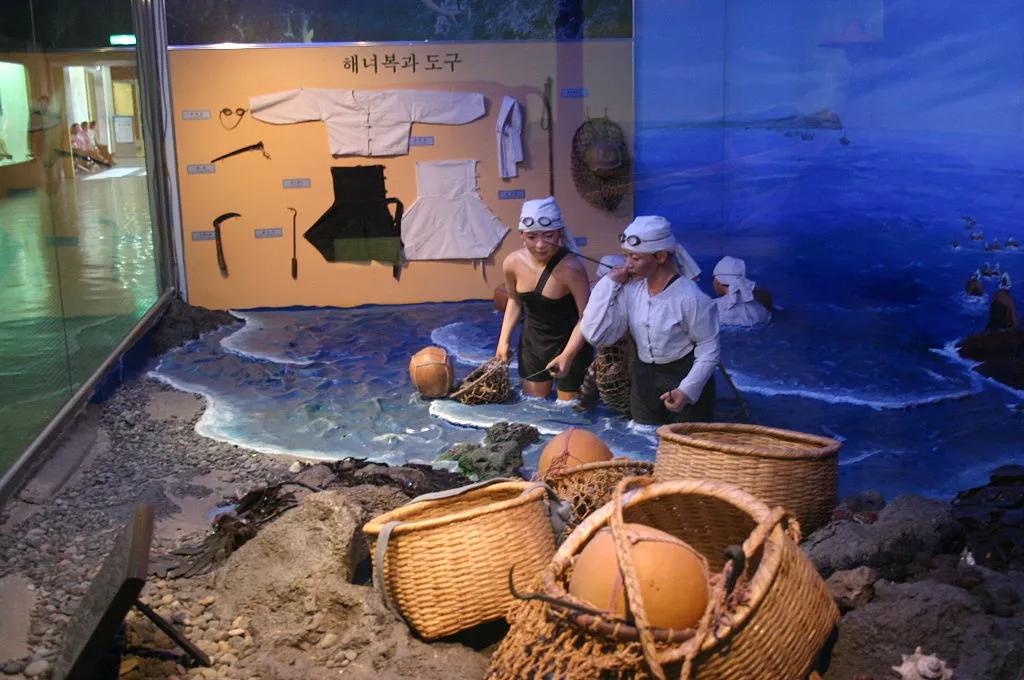
Just like Japan’s Ama pearl divers, the Haenyeo are women who dive without professional diving equipment to gather shellfish and marine life. The women are called "Jeju’s mothers" and are often credited with having built up the culture on the island to where it is today. The small Haenyeo Museum honors that legacy with information and artifacts about the Haenyeo way of life. The museum has three exhibition halls. The first focuses on the divers’ daily lives at home, their housing, food, holidays and religious practices. The second hall displays the tools the women used during their diving trips, including goggles and floatation devices. In the third exhibition hall, visitors can get a broader picture of the fishing industry. There’s even a children’s museum on site where kids can play games that simulate what the Haenyeo life is like.
Trick Eye Museum, Seoul
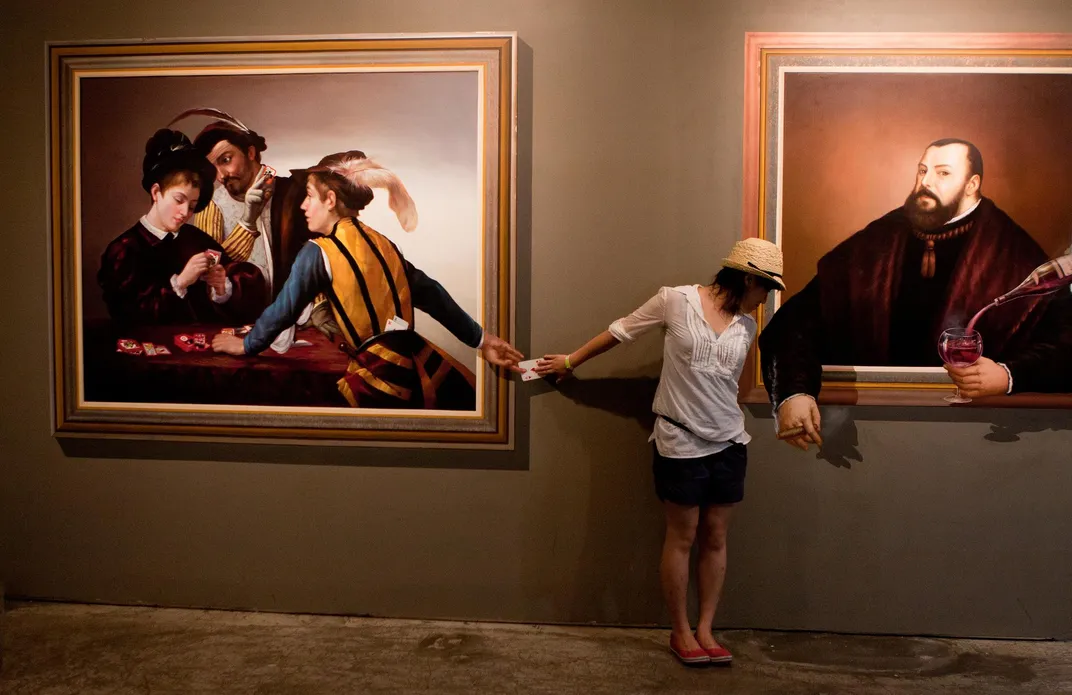
Celebrate trompe l’oeil at this unique museum-meets-fun-house in Seoul. Every piece at the Trick Eye Museum features a mix of 2D and 3D, and all are interactive, so visitors can participate in the artworks themselves. Wonder what it's like to be eaten by a water serpent? Climb onto its back and cower beneath its gaping maw. Dream of sipping tea Alice in Wonderland-style with a white rabbit? Grab the teapot and pour some into the painting. The museum also contains an entire second museum: the Ice Museum, which has the largest ice sculpture collection in Seoul and operates year-round. It doesn’t cost anything extra and offers a chance to zoom down an ice slide and pose in front of giant illuminated ice wings. Good luck leaving though—to get out, you have to find your way through a mirror maze.
Amsa-dong Prehistoric Settlement, Seoul
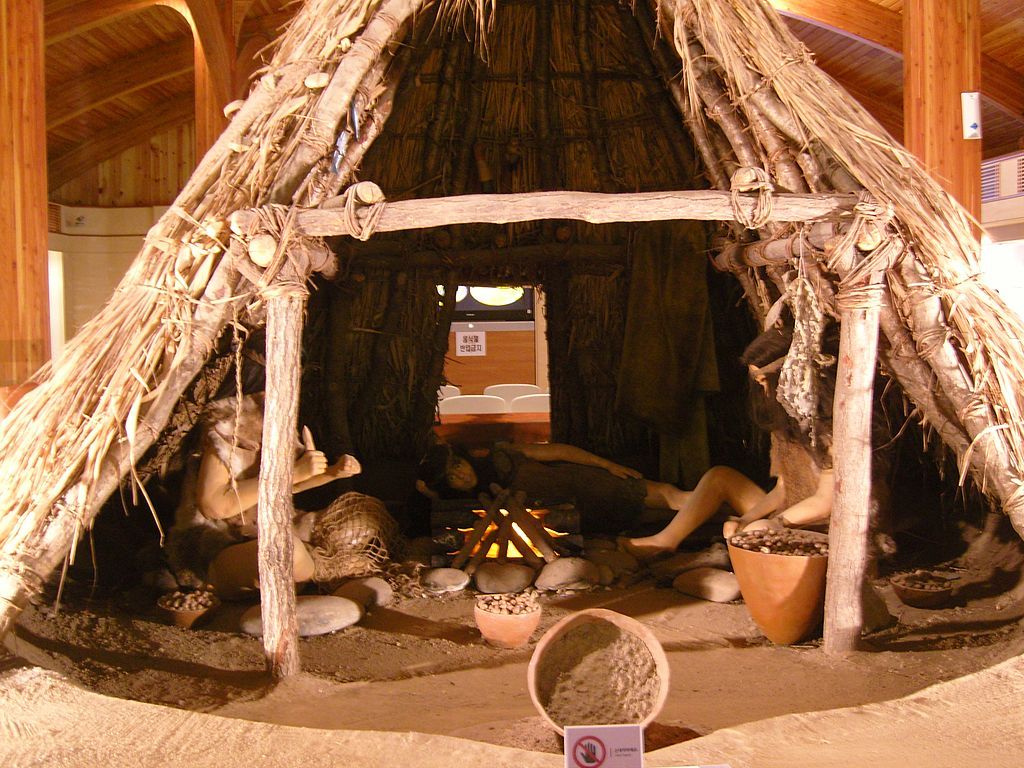
This Neolithic settlement was discovered in 1925 after a flood washed away soil that had covered a stash of ancient earthenware. Because of the size, it took several excavations to uncover everything—and those excavations didn’t even begin until the 1960s. Now the 6,000-year-old site on the Han River has nine reconstructed mud huts (though archeologists have so far identified evidence of about 30), two exhibition halls and an interactive space designed to provide visitors with a look into what life was believed to have been like in Korea during the Neolithic period. In addition to the pottery, a substantial number of artifacts have been found at Amsa-dong as well, including tools and arrows.
/https://tf-cmsv2-smithsonianmag-media.s3.amazonaws.com/accounts/headshot/JenniferBillock.png)
/https://tf-cmsv2-smithsonianmag-media.s3.amazonaws.com/accounts/headshot/JenniferBillock.png)